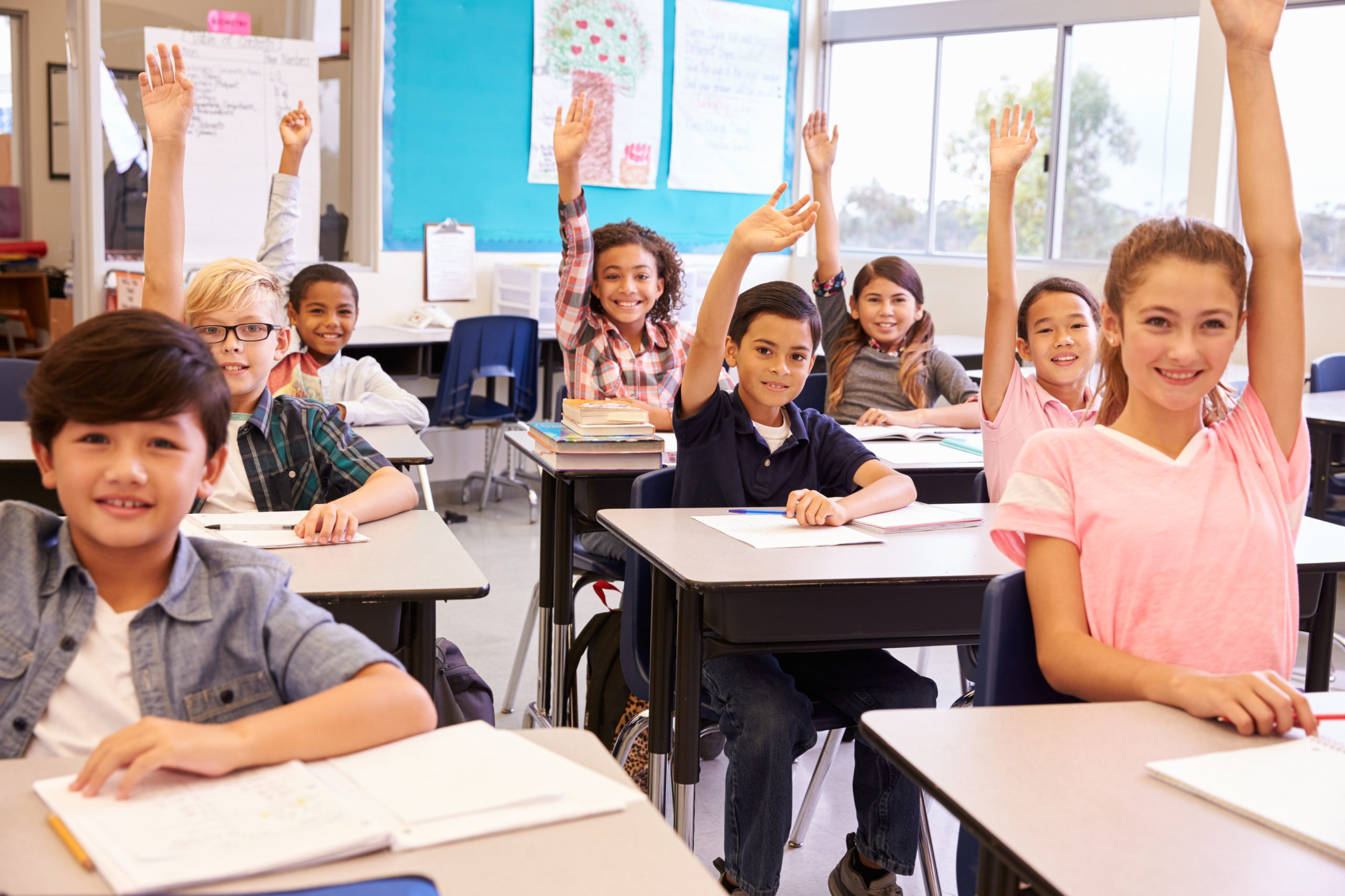The Effect of College Environments on Academic Success and Personal Health
The style of instructional areas, including all-natural lights and ergonomic furnishings, can enhance pupils' concentration and convenience. How can colleges purposefully improve these aspects to much better support their students?
Physical Format and Design
How does the physical layout and layout of a school impact scholastic success? The setup and visual of a school setting can substantially affect trainees' learning results. A properly designed school format advertises simplicity of motion, minimizes diversions, and promotes a feeling of safety and belonging. Broad passages and clearly marked locations facilitate smooth changes between courses, lessening lateness and disruption. Additionally, tactically put usual locations motivate social interactions, which are vital for emotional and social development.
Natural lights and reliable air flow systems are critical in enhancing cognitive feature and minimizing absenteeism. Studies have shown that class with enough natural light improve pupil concentration and minimize feelings of sleepiness. Ergonomic furnishings tailored to pupils' demands can prevent physical discomfort, allowing for long term emphasis and engagement in scholastic tasks.
Access to outside areas and cosmetically pleasing surroundings additionally play a critical function - Save Temecula Schools. Eco-friendly rooms and well-maintained college premises supply possibilities for physical workout and psychological relaxation, both of which are necessary for keeping high levels of scholastic efficiency. Fundamentally, an attentively developed physical atmosphere can work as a driver for academic excellence, cultivating an ambience that sustains both teaching and knowing
Classroom Ambience
An atmosphere that cultivates a sense of safety, inclusivity, and mutual respect encourages pupils to engage even more actively in their discovering processes. The atmosphere of a class, including elements such as illumination, sound levels, and seating plans, can dramatically impact pupil concentration and motivation.
Additionally, the classroom atmosphere ought to sustain a culture of partnership and open communication. When pupils feel comfortable revealing their concepts and asking concerns, they are more probable to involve deeply with the product and establish vital assuming skills - Save Temecula Schools. Peer interactions and group tasks can boost understanding by giving varied point of views and promoting synergy
In addition, developing clear expectations and consistent routines can create a structured atmosphere that permits trainees to concentrate on their researches. By decreasing unpredictability and providing a predictable structure, trainees can much better handle their time and obligations. Ultimately, a positive classroom ambience not just improves scholastic performance yet additionally adds to the general wellness of students, preparing them for future educational and individual undertakings.
Teacher-Student Relationships
Structure on the value of a favorable class ambience, the partnerships between educators and pupils play an essential function in shaping scholastic success. A healthy and balanced teacher-student connection fosters a learning atmosphere where pupils feel valued, understood, and sustained, which substantially boosts their motivation and engagement. When trainees perceive their instructors as understanding and approachable, they are more probable look at this now to take part actively in course and seek assistance when needed, adding to a much deeper understanding of the subject.

Reliable interaction is vital to supporting these relationships. Educators that employ open, respectful, and constant communication produce a structure of trust. This trust fund allows students to share their worries and ideas freely, fostering a collective knowing atmosphere. Basically, strong teacher-student connections are a foundation of educational success, playing an important duty in both scholastic success and personal advancement.
Peer Interactions
Peer interactions dramatically influence scholastic success by forming a trainee's cognitive and social advancement. Within the college setting, peer relationships about his function as a fundamental component for finding out and personal development. Favorable peer interactions can improve a pupil's inspiration and interaction in academic activities through collaborative learning and common support. When trainees interact in team setups, they trade ideas, solve issues jointly, and create important thinking abilities. Such communications cultivate a sense of belonging and community, which is crucial for psychological well-being and academic perseverance.

Effective peer interactions additionally add to the growth of necessary life skills, such as dispute, participation, and communication resolution. These social competencies are crucial for both scholastic success and individual wellness, highlighting the significance of fostering positive peer dynamics within the school environment.
After-school Activities
Involving in extracurricular activities plays a crucial function in a trainee's scholastic success and personal development. Study continually suggests that students that participate in extracurricular activities often tend to accomplish higher scholastic efficiency.
In addition, extracurricular involvement promotes a sense of belonging and neighborhood, which is necessary for personal well-being. see this website Joining team activities allows trainees to build and enhance socials media, enhancing their psychological and social intelligence. These communications are important for developing interpersonal skills that are valuable in both future and scholastic expert atmospheres.
In addition, extracurricular tasks supply a constructive outlet for students to explore their interests and passions beyond the basic educational program. This exploration can lead to the exploration of brand-new abilities and prospective profession paths, further inspiring pupils to involve even more deeply in their scholastic work. To conclude, the role of extracurricular activities expands past simple leisure; they are integral to cultivating a holistic educational experience that promotes both scholastic success and individual growth.
Conclusion
In amount, the impact of institution settings on both academic success and individual well-being is profound. Thoughtfully created physical designs and classrooms, in addition to positive teacher-student relationships and positive peer communications, significantly improve pupil motivation and interaction. In addition, the existence of supportive teachers can reduce stress, promoting a nurturing atmosphere for all natural advancement. These aspects collectively underscore the relevance of creating and keeping optimal school atmospheres for the advantage of pupils' personal and academic growth.
Eventually, a favorable class environment not only boosts academic efficiency however likewise contributes to the general health of students, preparing them for future instructional and personal undertakings.
